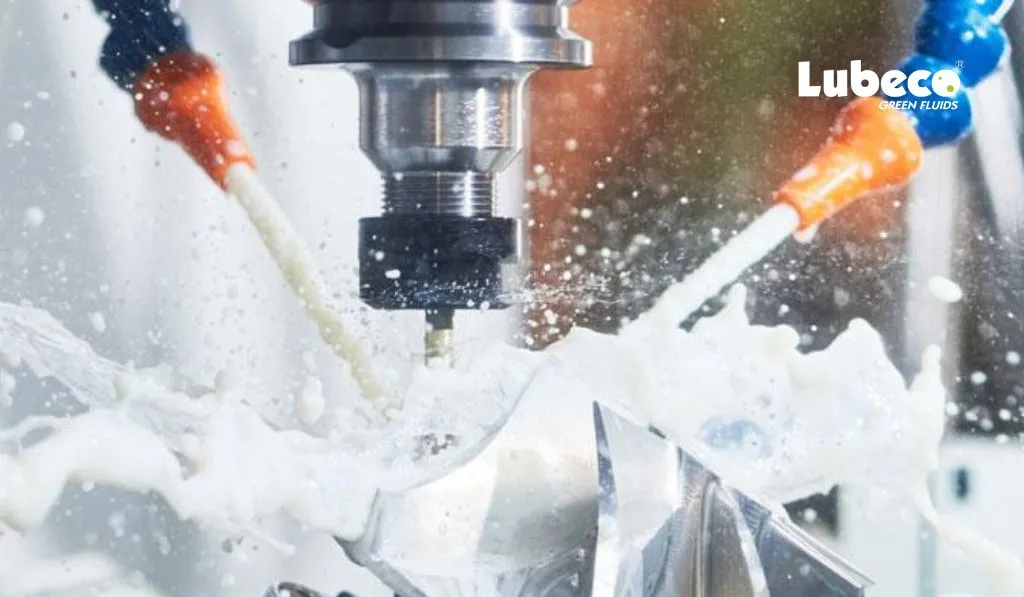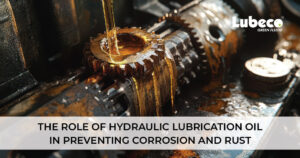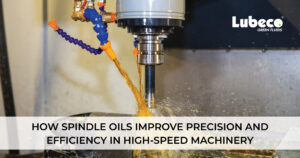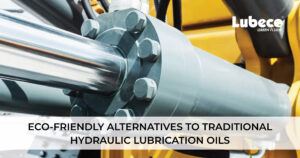Introduction
In the intricate world of metalworking, where precision is the linchpin of success, the importance of cutting fluids cannot be overstated. These fluids, tailored to dissipate heat, reduce friction, and enhance the efficiency of metal cutting processes, are integral to achieving the desired outcomes. Equally pivotal is the method employed to apply these cutting fluids, as the right technique ensures optimal lubrication, cooling, and chip evacuation. In this comprehensive exploration, we embark on a journey through the diverse methods of cutting fluid application, unraveling the intricacies that contribute to the finesse of metal machining processes.
Flood Application:
Flood application stands as the cornerstone of cutting fluid deployment. In this method, a continuous stream of cutting fluid is directed over the cutting zone, creating a flood-like scenario. This approach is prevalent in operations such as milling, turning, and drilling, where a consistent flow of cutting fluid is vital for dissipating heat and lubricating the tool and workpiece interface. The efficacy of flood application lies in its ability to ensure a uniform and constant supply of cutting fluid, contributing to enhanced tool life and improved surface finish.
Mist Application:
Mist application takes a departure from the continuous stream of flood application. Here, cutting fluid is transformed into fine mist or aerosol particles and directed towards the cutting zone. This method is particularly advantageous in high-speed machining operations, where a continuous flood might not be practical. Mist application provides effective cooling and lubrication while minimizing fluid consumption, making it an economical and environmentally friendly option that maintains its effectiveness in various metal cutting scenarios.
Drip Application:
Drip application involves dispensing cutting fluid in the form of droplets directly onto the cutting tool or workpiece. This method is chosen when a controlled and localized application of cutting fluid is required. Drip application finds its utility in processes like tapping, where precise lubrication at the point of contact is crucial for tool life and the quality of the threaded hole. The controlled release of cutting fluid in droplets ensures efficient lubrication while minimizing waste.
Jet Application:
Jet application takes a more targeted approach by directing a high-velocity stream of cutting fluid precisely at the cutting zone. This method is particularly effective in high-speed machining processes and finds prominence in grinding operations. The focused jet of cutting fluid efficiently cools the grinding wheel and workpiece, preventing thermal damage and contributing to a superior surface finish. Jet application showcases the adaptability of cutting fluid methods to cater to the specific demands of different machining processes.
Minimum Quantity Lubrication (MQL):
Minimum Quantity Lubrication (MQL) represents a paradigm shift in cutting fluid application. This method involves delivering a minimal amount of cutting fluid directly to the cutting zone. MQL aims to optimize lubrication while minimizing fluid consumption, making it environmentally friendly and cost-effective. It is gaining traction in industries where precision is paramount, such as aerospace and medical device manufacturing. MQL stands as a testament to the industry’s commitment to sustainability without compromising on performance.
Through-the-Tool Application:
Through-the-tool application is a method that involves delivering cutting fluid directly through the tool, reaching the cutting zone from within. This technique is particularly advantageous in processes where effective chip evacuation is critical, such as deep-hole drilling. Through-the-tool application ensures lubrication and cooling at the point of contact while facilitating the removal of chips from the cutting zone. This method exemplifies the innovation-driven evolution of cutting fluid application techniques to meet the challenges posed by specific machining operations.
Brush Application:
Brush application introduces brushes into the equation, utilizing them to apply cutting fluid directly to the workpiece or cutting tool. This method is employed in operations where a controlled and targeted application of cutting fluid is required. Brush application finds its niche in processes like reaming and honing, providing precision while reducing waste. The controlled nature of brush application allows for an intricate and localized approach, ensuring that the cutting fluid reaches the critical points where it is needed the most.
Conclusion
In the dynamic realm of metalworking, the success of cutting operations hinges not only on the selection of the right cutting fluid but also on the method of application. Each method brings its unique advantages to the table, catering to specific machining processes and ensuring that the cutting fluid performs its multifaceted role effectively. As technology advances and the industry’s focus on sustainability grows, the methods of cutting fluid application are poised to undergo further refinements. Staying abreast of these developments is crucial for manufacturers and machinists seeking to optimize their metalworking processes and remain at the forefront of precision engineering. The journey through the various methods of cutting fluid application unveils a tapestry of innovation, efficiency, and adaptability that defines the ever-evolving landscape of metal machining.








